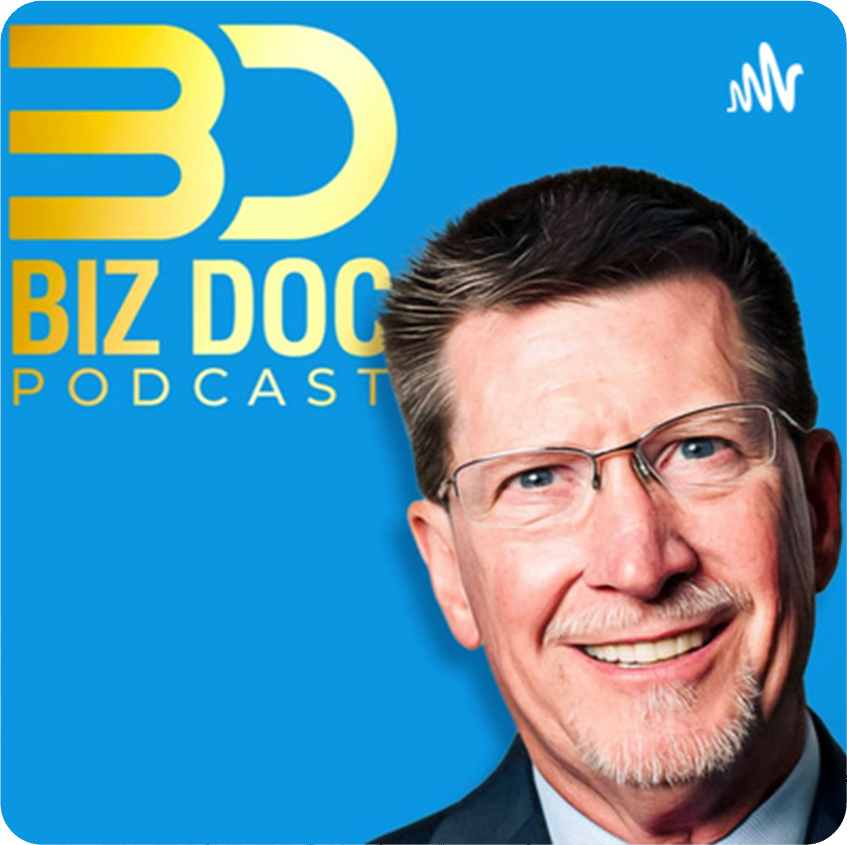Americans are taking more sick days ever since the pandemic, particularly those employees aged between 25 and 34 years old.
Prioritizing one’s health is crucial to any business operation, especially if showing up to work results in everyone else in the office getting sick. The Wall Street Journal reported that in the past, workers in their 20s and 30s took one or two sick days a year and we now see employees taking three to five sick days.
In 2023, nearly one third of white-collar workers have taken time off compared to 21 percent in 2019, according to payroll data from the software company Gusto. Some companies like Chrysler-parent Stellantis, complain that such absences are “driving up costs.” However, the carmaker must take into account the United Auto Workers having actively been on strike, demanding better wages and fair work conditions.
Learn the benefits of becoming a Valuetainment Member and subscribe today!
Lisa Frydenlund, a human resources officer managing roughly 300 employees at two senior-services agencies in Sacramento, California, has welcomed a more “expansive attitude” toward sick time.
“I told my boss, I hit a wall, I can’t be here,” she says, adding that stress can trigger migraines for her. “I wasn’t going to be purposeful, so why come in?”
David Setzkorn, a disability practice leader at Sedgwick says that sick days should also cover kids’ and family needs as well. Several states have passed laws in the past decade where employers grant sick days to tend to family members as well – with more than 80 percent of private companies offering paid time off to do so.
More employers are understanding the benefits of helping employees cope with unexpected life events – mental health issues, family emergencies, school closures, or a mild cold that could become much worse if ignored.
“The stressors on employees are at an all-time high,” said CEO of Alight Stephan Scholl. Scholl shared some statistics from Alight’s new research, revealing three-quarters of U.S. employees reporting they moderate to high stress levels – 80 percent of those employees being among Gen Z and millennials.
The research also found only 51 percent of the workforce feeling positive in their mental, physical and financial well-being in 2023, compared to 53 percent in 2022. The top three sources of stress were: personal finance optimism at 56 percent, job challenges at 52 percent, and physical health at 32 percent
“Seventy-five percent of them are looking to their employer to actually give them more support in these moments that matter around health-related dynamics,” Scholl said.
“How willing are you as a CEO to break down some of those barriers?” Scholl asks. “It takes willingness from the top to undo 40 years of how things have been done.”



















Add comment